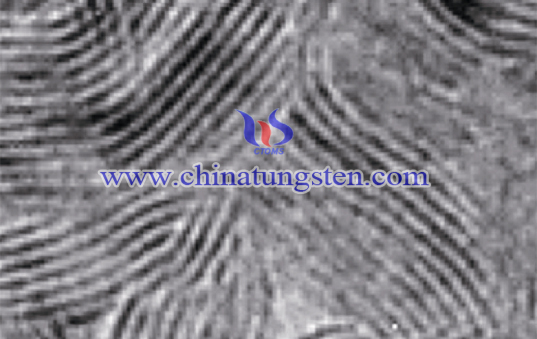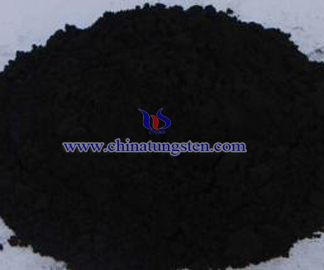Solvothermal

Introduction
Solvothermal synthesis technique is an effective method to creat metastablematerials. Solvothermal method is developed on the basis of the hydrothermal method, it refers to a way to produce molybdenum disulfide in a closed system such as an autoclave, uses organic or non-aqueous solvent as the solvent, under autogenous pressure of the solution and a certain temperature, the green stock will react with each other. Compared to hydrothermal, the difference is that solvent used of solvothermal is organic not water. Hydrothermal is suitable for manufacturing functional oxide material or some water-sensitive chalcogenide compounds. If the reaction involves a number of water-sensitive compounds, such as Ⅲ- V semiconductors, carbides, fluorides, the hydrothermal is not sutable for them, which also contributed to the emergence and development of solvothermal.
Compared to Hydrothermal
Compared to hydrothermal, the difference is that solvent used of solvothermal is organic not water. In a solvothermal reaction, dissolve one or more precursor in a non-aqueous solvent, and under the liquid or supercritical conditions, the reactant are dispersed in the solution and become more actively, and slowly to generate product. The process is relatively simple and easy to be controlled, and it can effectively prevent the volatiliztion of toxic substances in a closed system and the preparations of air sensitive precursors.
Material
Adopting (NH4) 2MoS4, hydrazine hydrate as raw materials, and N and N-dimethylformamide (DMF) are solvent, MoS2 particles are made by a solvothermal synthesis. Phase formation of MoS2 produced in this way can be well controlled , particle size and morphology, and its dispersion are also good. Under solvothermal, properties of solvent(density, viscosity, dispersion) influence in each other, the characteristic has a great difference under normal conditions. This allows the reaction can occur at lower temperatures.

